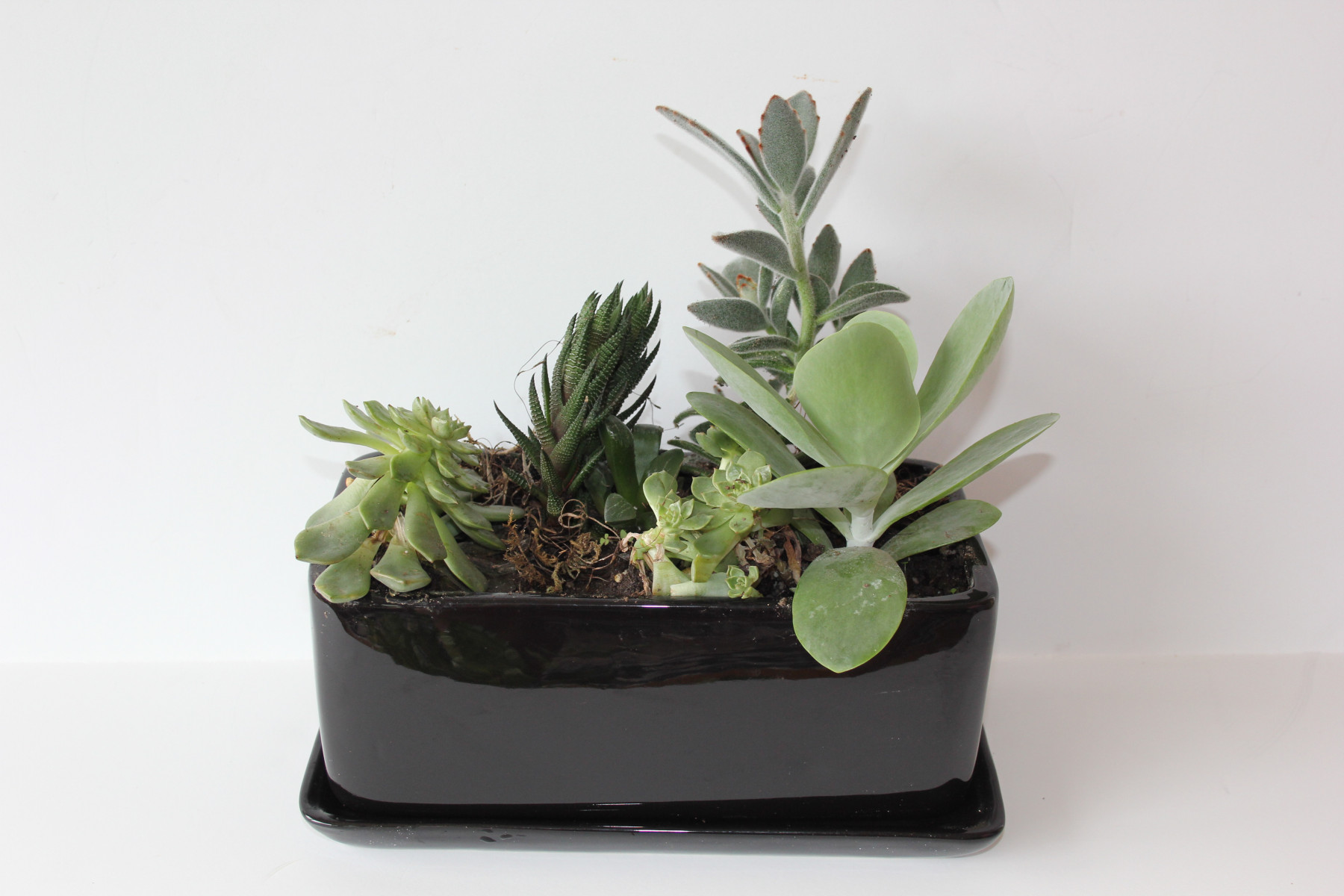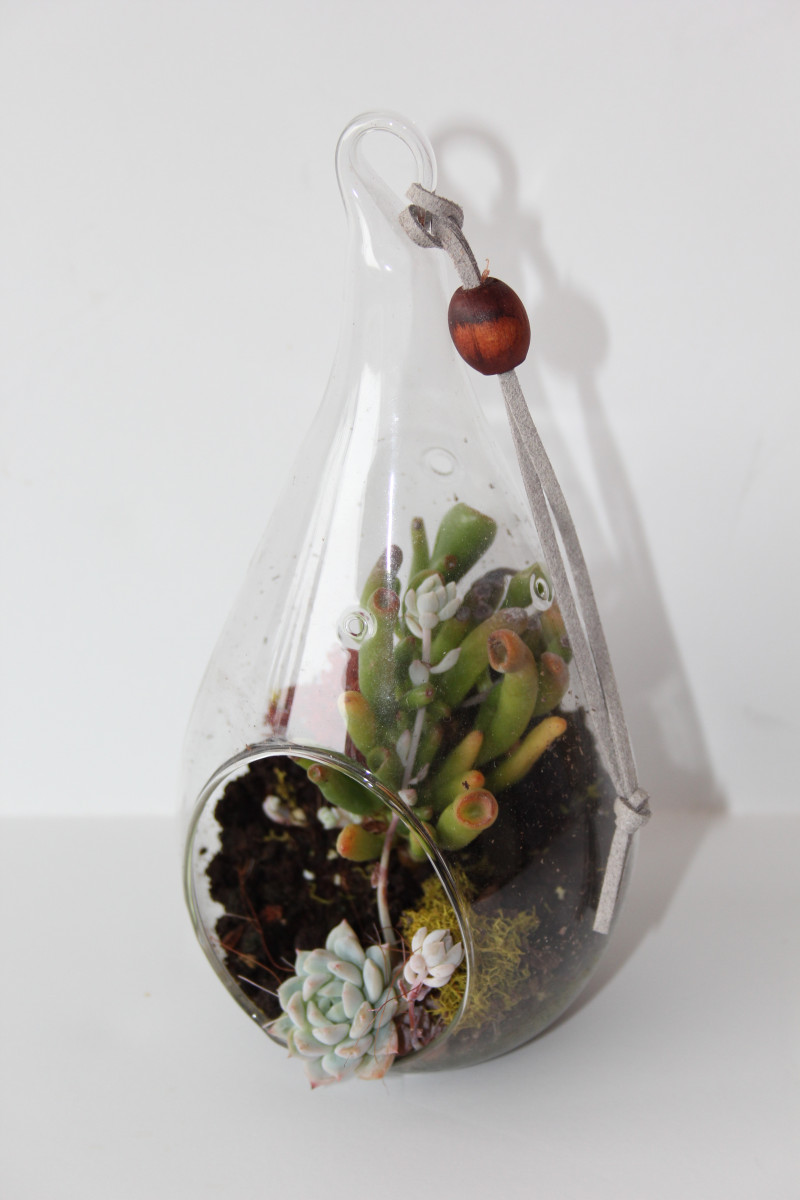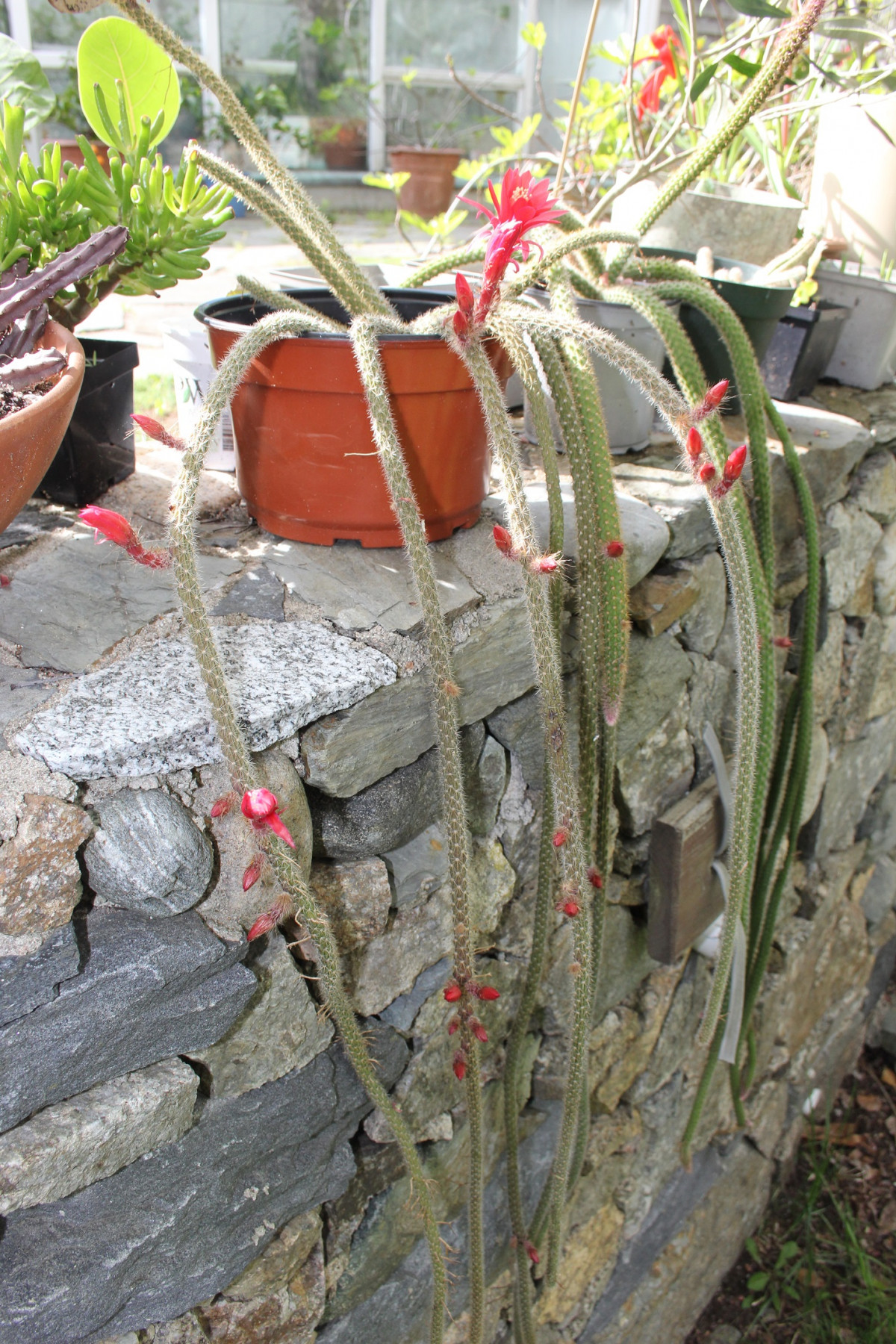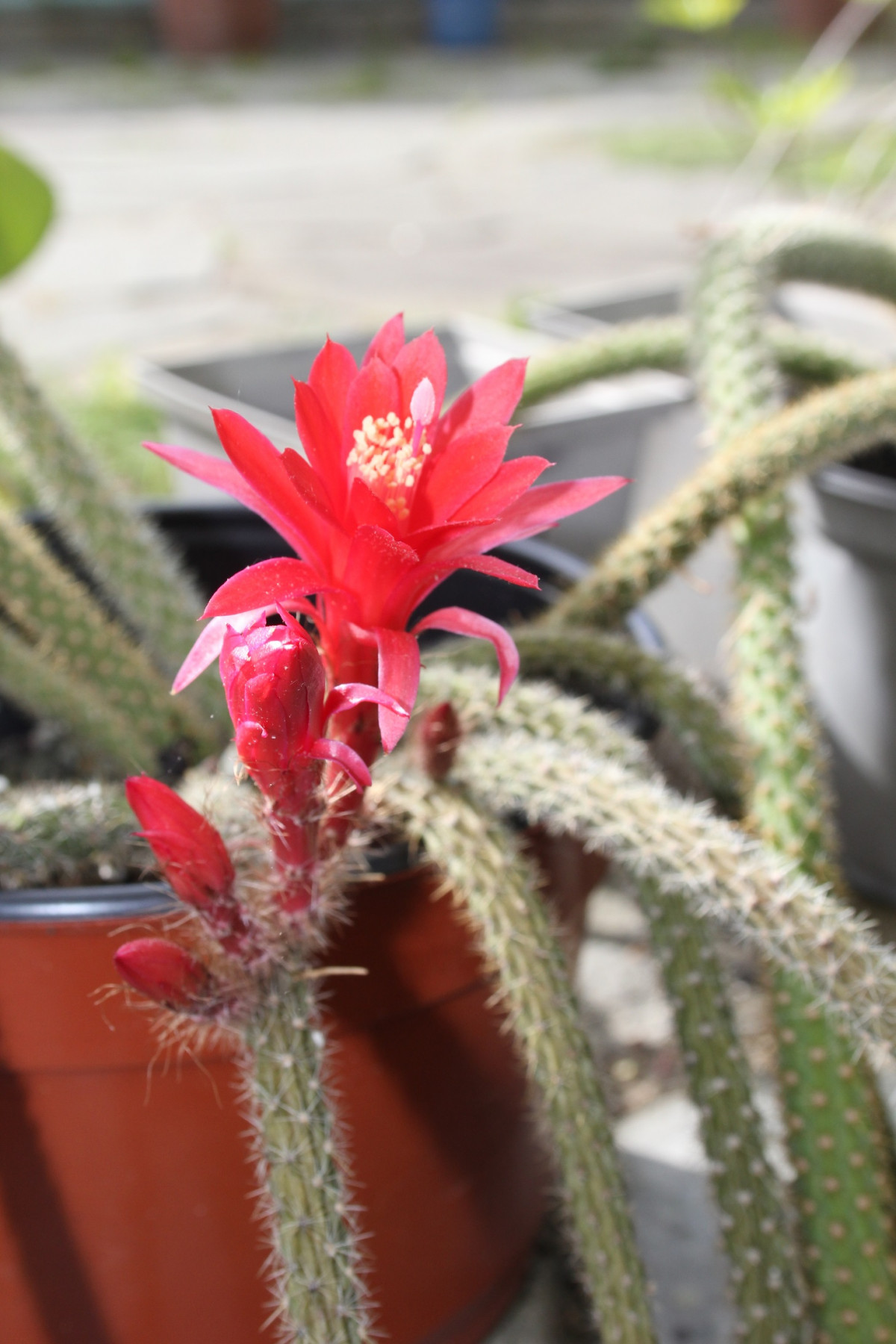
Cacti and succulents are plants with thick, fleshy stems and leaves that have evolved to store water in dry climates. In recent years, they have become enormously popular for house plants. You see them for sale everywhere, including most big-box stores. Some of the most common varieties are aloe plants, jade plants, sempervivum, kalanchoes, agaves, echeverias, snake plants, and Christmas cacti, but these are just a few of hundreds. Part of their widespread appeal is that they’re so easy to care for with their low watering requirements, being adapted as they are to dry soils. In fact, one of the easiest ways to kill a cactus or a succulent is to overwater it.

In many ways, cacti and succulents are also the perfect plants for growing in a greenhouse. Almost all of them thrive in the moderate to bright sunlight that a greenhouse provides. Many tend to remain fairly small, so they don’t outgrow their welcome. And most are fairly easy to propagate, so you can create a large display of them for very little investment. A friend who grows more than 500 varieties of cacti and succulents in her greenhouse once sent me a few cuttings. From these cuttings alone, I now have a wonderful collection, some potted individually and others in mixed cultures.
The Growing Medium
As might be expected, most cacti and succulents grow in gritty soil that allows plant roots to dry quickly, yet retains some moisture. This is not your standard potting mix. You’ll need to either purchase or create such a medium to suit your plants. I’ve found that the cactus/succulent mixtures available for sale tend to be expensive, and the grit is also quite large. So I prefer to make my own mixture of about 70% grit that measures roughly ¼” (6mm) in diameter, 20-25% crushed pine bark, and 5-10% vermiculite or perlite. If desired, you can substitute for the vermiculite or perlite either coconut coir (for a more alkaline mix) or peat moss (for a more acidic mix). In any case, this combination of additives will drain quickly yet hold enough moisture so that the plants will need watering only about every two weeks.
Preferred Pots

Most cacti and succulents grow best in wide, shallow pots, dishes, or trays. With the current popularity of these plants, many very attractive containers for them are available in a wide variety of sizes. There are, however, some cacti and succulents for which a different style of pot is preferred. The rattail cactus, for example, is best grown in a hanging basket or a wide dish suspended high enough in the greenhouse to allow the “tails” to hang down. If you try to grow it in a shallow dish placed on a shelf, the weight of the tails can sometimes pull the pot over and cause it to fall. Grabbing the falling plant by its long, very thorny tails, as I once did, is definitely not recommended! Although a rattail cactus doesn’t bloom very often, when it does, its vibrant pinkish-red flowers make a striking display.
Watering and Fertilizing
Cacti and succulents generally don’t need much pampering, including their watering needs. Water them only when the soil feels deep-down dry. Use a watering can or a squeeze bottle with a narrow spout, no more than about ¼” (6mm) across. Try not to soak the plant’s leaves or crown, which can cause rot in some species. Once the soil is thoroughly moist, don’t water again until the soil is dry. Resist the urge to water more often with small doses of water each time. If you water a little bit on a frequent basis, you tend to create a plant with a shallow root system that may die if you then neglect to water it.

Cacti and succulents also need no pampering when it comes to fertilizing them. In the wild, they get very little fertilization, usually just from bird or animal droppings that happen to come their way. This tells you that your greenhouse plants don’t need much fertilizer either. In fact, most experts recommend fertilizing them only once a year with a relatively weak, all-purpose, balanced fertilizer – that is, a 10-10-10 or 8-8-8 at about half strength. Of course, if you want to be more authentic, you can use a weak manure tea (made by submerging a bag of horse manure in a 55-gallon pail of water for a few days). But this, too, should be used at about half strength. Cacti and succulents are not demanding in terms of the care they need, which is a major reason why so many people are now raising them in homes and greenhouses.


